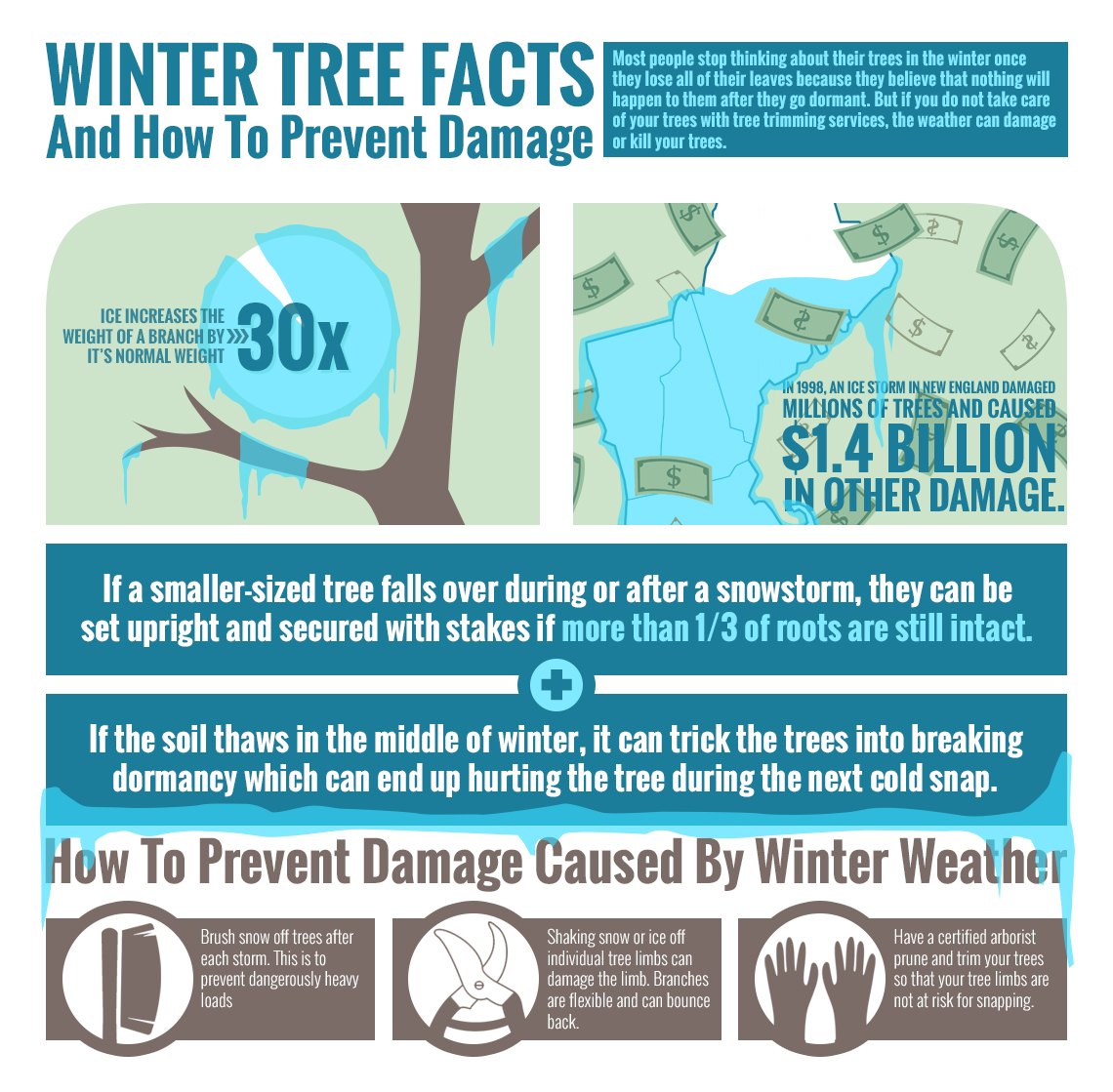When it involves tree treatment, acknowledging the indicators that it's time for removal is necessary for your safety and property. You might observe tarnished fallen leaves, wilting branches, or odd fungal developments suggesting health problems. Architectural problems, like a considerable lean or splits in the trunk, can likewise posture dangers. Understanding these warning signs can aid you make educated decisions concerning your trees and stop possible dangers prowling in your backyard. What should you try to find next?
Indications of Decay and Disease
When you observe signs of decay and illness in your trees, it's crucial to act swiftly. Search for blemished fallen leaves, wilting branches, or uncommon growths like fungi. These can suggest that your tree is struggling.
If you see cracks in the bark or soft, mushy wood, these symptoms suggest inner decay. In addition, an unexpected boost in pests around your tree can signify that it's compromised and susceptible.
Check for any type of dead or dying limbs, as they posture a danger to your residential or commercial property and safety and security. If you doubt concerning what you see, speaking with an arborist can offer quality.
Addressing these indications early can save you from much more extensive damage and guarantee the health of your yard. Don't wait till it's far too late.
Structural Instability and Leaning
As you observe your trees, watch out for any indicators of structural instability or leaning. If a tree leans substantially, it might indicate that the root system is endangered.
Try to find any fractures in the trunk or dirt around the base; these can signify possible failure. Furthermore, look for unusual development patterns, like an unbalanced crown, which might suggest that the tree is struggling to hold itself upright.
If you discover that the tree favors your home, power lines, or other structures, it postures a greater risk. Do not disregard these indicators-- consult an arborist to assess the circumstance.
Doing Look At This about it early can stop pricey damages and guarantee your security.
Dead or Dying Branches and Vegetation
If you observe dead or dying branches and foliage on your tree, it's a clear indication that something's wrong.
These undesirable locations can suggest underlying issues like illness, insect invasions, or ecological tension. When branches lose their fallen leaves or transform brown, they're no longer contributing to the tree's health and wellness. Disregarding these indications can result in more decrease, making your tree extra hazardous.
Dead branches can quickly break short during storms, posing a risk to home and people close by. It's critical to evaluate the level of the damage.
If the problem affects a considerable part of the tree, take into consideration seeking advice from an expert. They can aid identify if elimination is needed to ensure safety and security and keep the appeal of your landscape.
Final thought
If you discover any type of indicators of decay, architectural instability, or dead branches on your trees, do not neglect them. These indicators can posture serious security threats to you and your residential or commercial property. It's constantly best to consult a specialist arborist that can provide a professional analysis of your trees. Doing something about it early can avoid crashes and pricey damage, ensuring your landscape continues to be safe and healthy and balanced. Bear in mind, it's far better to be positive regarding tree care than to await a calamity to occur.
